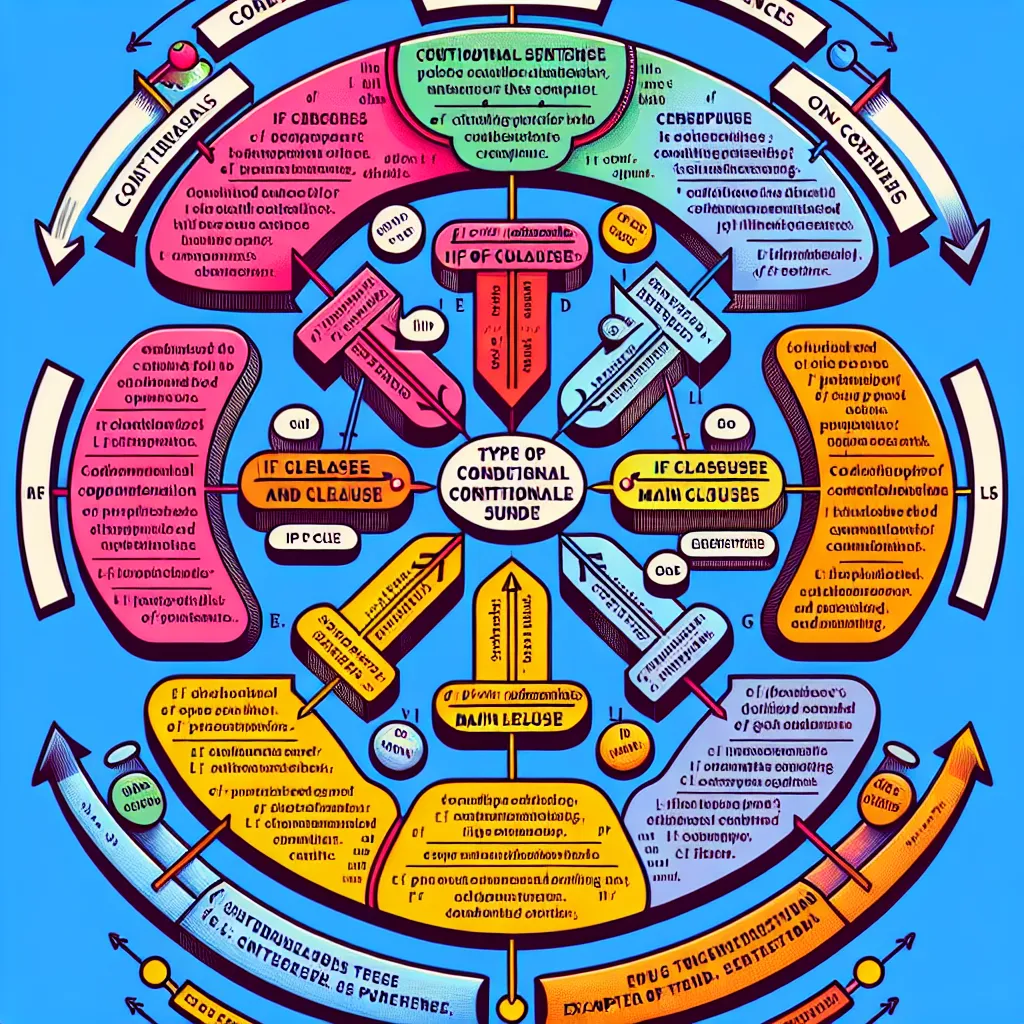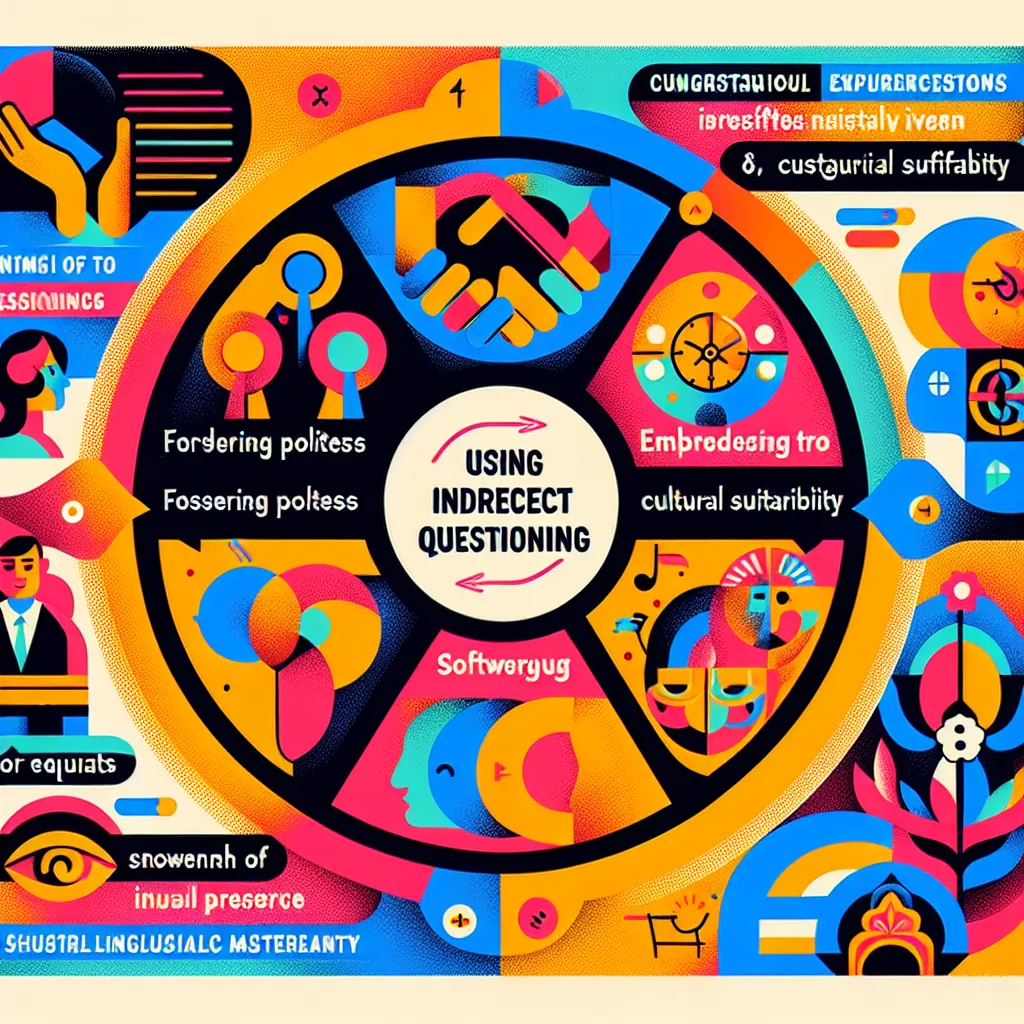Mastering conditional sentences is crucial for effective English writing. Whether you’re preparing for the IELTS exam or looking to enhance your general writing skills, understanding and using conditionals correctly can greatly improve your ability to express complex ideas and hypothetical situations. This article will guide you through the process of learning and applying conditional sentences in your writing.
Understanding Conditional Sentences
Conditional sentences are used to express hypothetical situations and their potential outcomes. They typically consist of two parts: the condition (if clause) and the result (main clause). There are four main types of conditionals in English, each serving a different purpose in communication.
The Four Types of Conditionals
- Zero Conditional: Expresses general truths or scientific facts.
- First Conditional: Describes possible future events and their likely results.
- Second Conditional: Talks about unreal or improbable situations in the present or future.
- Third Conditional: Discusses hypothetical situations in the past and their imagined results.
 Conditional Sentences Diagram
Conditional Sentences Diagram
Strategies for Learning Conditional Sentences
1. Start with the Basics
Begin by familiarizing yourself with the structure of each conditional type. Focus on one type at a time to avoid confusion. For example, start with the first conditional, which uses the present simple in the if clause and will + base verb in the main clause:
“If it rains tomorrow (condition), I will stay at home (result).”
2. Practice with Example Sentences
Create and analyze example sentences for each conditional type. This hands-on approach helps reinforce the structures in your mind. For instance, for the second conditional:
“If I won the lottery (condition), I would travel the world (result).”
3. Use Visual Aids
Visual representations can be incredibly helpful in understanding the relationship between the condition and result in each type of conditional. Create charts or diagrams to illustrate the different structures and their uses.
4. Incorporate Real-Life Scenarios
Apply conditionals to your own life experiences or current events. This makes the learning process more relatable and memorable. For example:
“If I had studied harder last semester (condition), I would have gotten better grades (result).” (Third conditional)
5. Engage in Writing Exercises
Regular writing practice is essential for mastering conditionals. Set aside time each day to write short paragraphs or essays incorporating different types of conditional sentences. This practical application will help solidify your understanding and improve your fluency.
Common Mistakes to Avoid
When learning to use conditional sentences, be aware of these common pitfalls:
- Mixing up tenses: Ensure you’re using the correct tense for each part of the conditional sentence.
- Overusing ‘would’: Remember that ‘would’ is not used in the if clause of second conditionals.
- Forgetting comma placement: In most cases, use a comma when the if clause comes first in the sentence.
Advanced Tips for Using Conditionals in Writing
Once you’ve grasped the basics, consider these advanced techniques to enhance your writing:
-
Mixed Conditionals: Combine different types of conditionals to express more complex ideas.
Example: “If I had studied medicine (past condition), I would be a doctor now (present result).” -
Implied Conditionals: Use conditionals without explicitly stating ‘if’.
Example: “Were I you, I would accept the job offer.” (Instead of “If I were you…”) -
Inversion in Conditionals: For a more formal tone, invert the subject and auxiliary verb in the if clause.
Example: “Had I known earlier, I would have helped.” (Instead of “If I had known earlier…”)
For more tips on mastering English conditionals, check out our comprehensive guide on conditional sentences.
Practical Exercises to Improve Your Conditional Writing
To reinforce your understanding and usage of conditionals, try these exercises:
- Sentence Completion: Fill in the blanks with appropriate conditional structures.
- Rewriting Exercises: Transform sentences from one conditional type to another.
- Story Creation: Write short stories incorporating all four types of conditionals.
- Peer Review: Exchange writings with a study partner and provide feedback on each other’s use of conditionals.
Conclusion
Learning to use conditional sentences effectively in writing is a gradual process that requires consistent practice and attention to detail. By understanding the different types of conditionals, practicing regularly, and being mindful of common mistakes, you can significantly improve your ability to express complex ideas and hypothetical situations in English. Remember, mastery comes with time and practice, so be patient with yourself and keep writing!
For more advanced English learning tips, including grammar and writing skills, visit our advanced English learning guide. Keep practicing, and soon you’ll find yourself using conditionals with confidence and precision in your writing!




